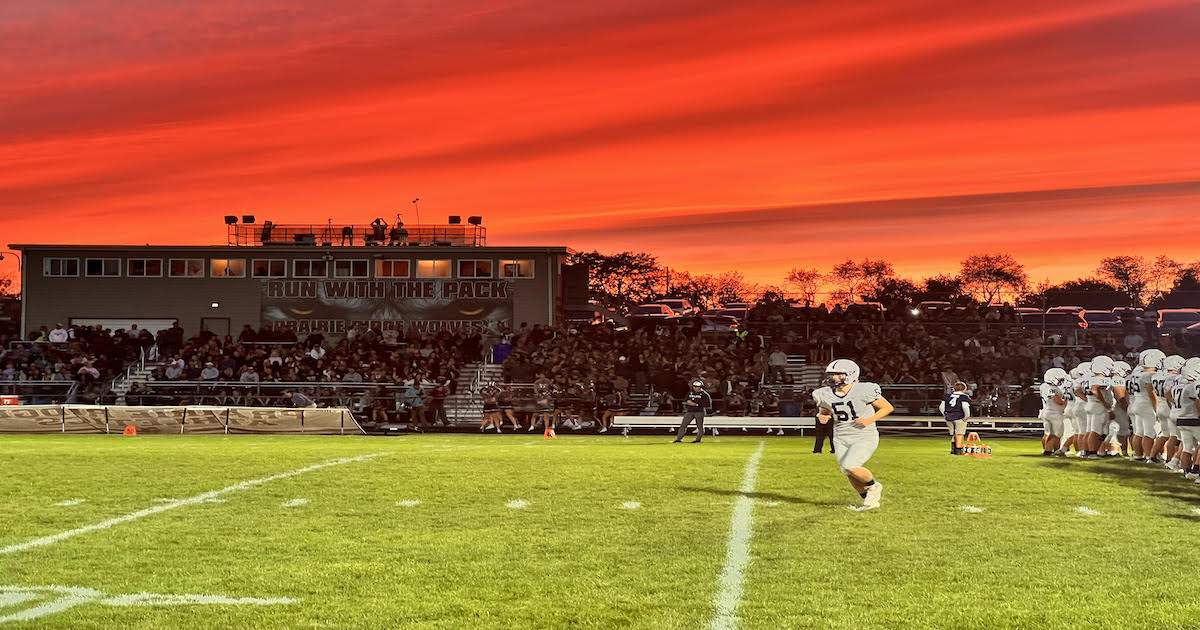To have a chance of regaining legitimacy, at least from traditional Israeli allies like Germany, the IDF and the government need to neutralize food insecurity as an issue in dispute.
It was still unclear by press time whether a temporary, 60-day ceasefire deal between Israel and Hamas in exchange for an estimated 10 live hostages, the bodies of another 18 deceased hostages, and the release of Palestinian security prisoners, was underway.
Whether that deal or something along those lines is cut in the near future remains to be seen. Simultaneously, the hostages are the key to the agreement in terms of war goals and the country’s social values. The most critical strategic, long-term points bear on what will happen regarding the Gaza Humanitarian Foundation (GHF), the IDF, and Israel’s image.
This is because the political-military battles over Gaza are what remain to be achieved.
In terms of defeating Hamas militarily, there is little left to be done. While theoretically, Hamas still has thousands, if not more, fighting terrorists, they have virtually all gone into hiding since the summer of 2024.
All of the pre-war Hamas high command officials and four of the five brigade commanders are dead. Many of its deputies are as well, as are other mid-level and low-level officers.
An illustrative photo of Hamas terrorists with hostage demonstrations in the background. (credit: Miriam Alster/Flash90, Reuters/Ibraheem Abu Mustafa)
When some Israeli officials mention expelling Hamas’s leadership, they are referring mainly to Izz al-Din Haddad, originally the brigade commander for Gaza City, but now Hamas’s top military chief, for lack of anyone else. He is probably the only one left on the list who is worth banishing.
Most of the remaining terrorists are new, less-trained recruits. In that sense, no major battles were recorded in May and June when the IDF took over 75% of Gaza.
One of the most “serious” battles was between massive IDF forces and around 30 Hamas terrorists fighting guerrilla warfare against them in Beit Hanun.
Conquering Gaza City, if that does happen, is not expected to bring about too many significant battles either; large droves of fleeing civilians, with Hamas forces retreating, camouflaged, within that mêlée, is the likely scenario.
Alternatively, regarding the political sphere, going back nearly 20 months, the government has declined any of the international offers for how to run a post-war Gaza.
This means that the only real achievement to date in that area is the GHF. It has cut Hamas off from having control over food in the Rafah, portions of Khan Yunis, and the central Gaza regions.
Largest achievement to date is American-backed Gaza Humanitarian Foundation
This is far from a Gaza-wide achievement.
Around one million Palestinians are currently in Gaza City in the northern section of the enclave alone, receiving food through traditional UN and international aid channels, which have elements of Hamas control or influence built into the process.
Also, some of the Gazans in central Gaza and the al-Mawasi coastal region, where Hamas is involved or retains influence, are continuing to get food through these sources.
In terms of actual numbers, the GHF declined to answer repeated questions to estimate how many Gazans it has been feeding since it opened operations in late May.
However, the GHF does provide absolute numbers of meals, with those numbers reaching up to around 125 million meals over seven weeks, with an average of around 1.5 million meals per day.
If Gazans fed by the GHF are eating three meals every day, then this means it is probably feeding around 500,000 Gazans, or around one quarter of Gaza’s two million-plus population.
Alternatively, if Gazans are conserving and eating around two meals per day, the number of Gazans being fed by the GHF could be larger, possibly as high as 750,000. However, this seems unlikely given the geographic spread of Gazans’ current locations and the locations of the three operating GHF centers.
There used to be a fourth GHF center, but that one has been closed, and the aid organization did not respond to queries about when it would be reopened, if at all.
Another possibility is that the number is lower than 500,00. This would be if between 250,000 and 300,000 Gazans or so are coming to GHF distribution centers for more than they need every week in order to store or sell food.
The GHF does not keep a record of most of those who come to its centers, so there is no exact way to know how many individuals are double-dipping, among other options.
With all of these qualifications and all of the problems Palestinian civilians are having, such as, on some occasions (though Israeli critics do exaggerate the numbers), aid seekers being mistakenly killed by IDF soldiers on their way to the GHF sites, the GHF experiment has shown that Hamas’s political control can be rolled back.
A significant volume of Gazans have spent portions of time since May out of Hamas’s control, or, at least, much less so.
This is something that can be built on as a long-term strategic goal for reducing Hamas’s political control over Gaza.
How the GHF will continue operating during a ceasefire period if IDF troops withdraw from most of Gaza is a mystery.
Neither the Defense Ministry, the IDF, nor the GHF sources can relay how the GHF sites would be protected from Hamas if a temporary ceasefire were implemented.
This would be a crucial issue to tackle, whether it would mean allowing Israeli soldiers to remain near the sites, or letting some international or non-Hamas Palestinian force guard the sites instead.
With reference to the IDF’s and Israel’s international image, there is a need to repair the damage done throughout the war, and especially in recent months, due to food insecurity issues in Gaza.
At minimum, for continued raids in Gaza, should Hamas try to reconstitute its rocket or other broader security threats, Israel must retain America’s support and preferably also some global backing.
In the long run, the country will face trouble in the political, military, and economic arenas if Europe, Australia, Canada, and other traditional allies, including Germany, which had stuck with Israel on weapons issues for nearly all of the war, keep their weapons embargoes on it.
Putting aside some of the claims against Israel regarding food security that were manufactured or exaggerated, the fact is that the IDF and the government tossed their limits on the UN and international aid groups out the window a few weeks ago because the food insecurity situation had reached a dangerous level.
It is essential to ensure that the IDF and Israel do not make the same strategic mistake again, however paradoxical it feels to be allowing the world to provide food to Hamas.
Israel can move to broaden the GHF and other similar initiatives to ensure the food process becomes increasingly cut off from Hamas. It should find a new party to run Gaza, but the period from March to May during which new food provisions were cut off entirely has been exposed as a stark failure.
To have a chance of regaining legitimacy, at least from traditional Israeli allies like Germany, the IDF and the government need to neutralize food insecurity as an issue in dispute, and get the focus back on Hamas’s terror tactics and its holding onto hostages.
Only these achievements will give Israel a real chance to prevent Hamas from eventually returning to control Gaza.
.png)
 German (DE)
German (DE)  English (US)
English (US)  Spanish (ES)
Spanish (ES)  French (FR)
French (FR)  Hindi (IN)
Hindi (IN)  Italian (IT)
Italian (IT)  Russian (RU)
Russian (RU)  2 hours ago
1
2 hours ago
1








Comments